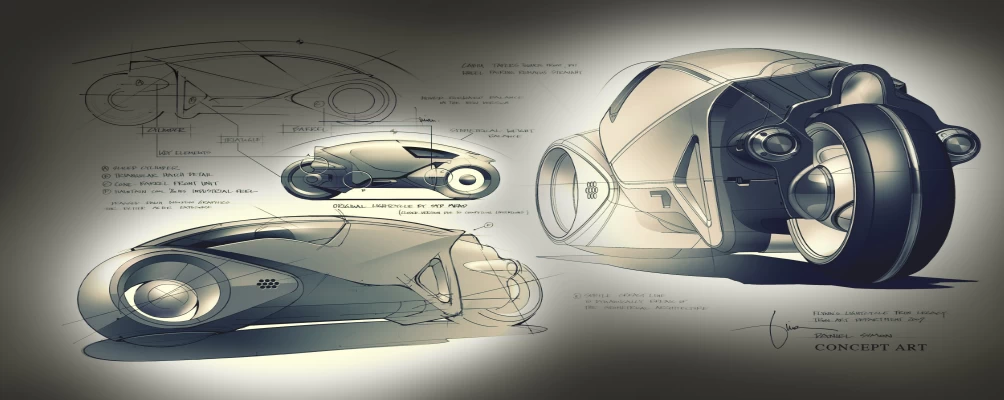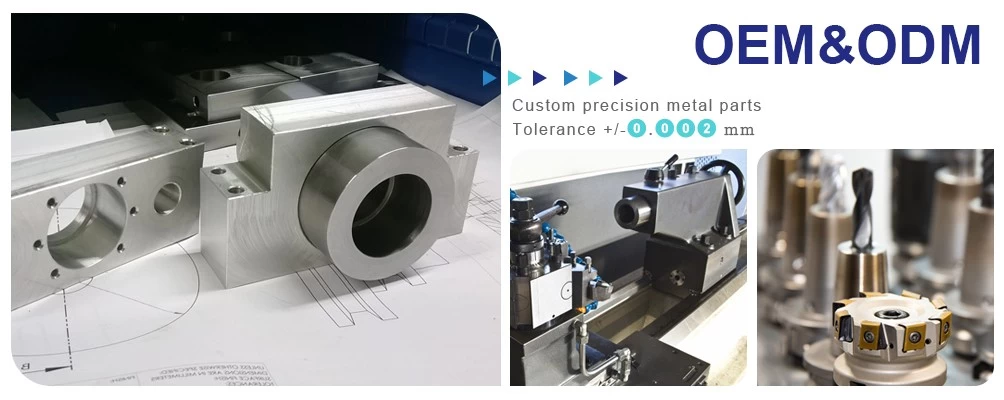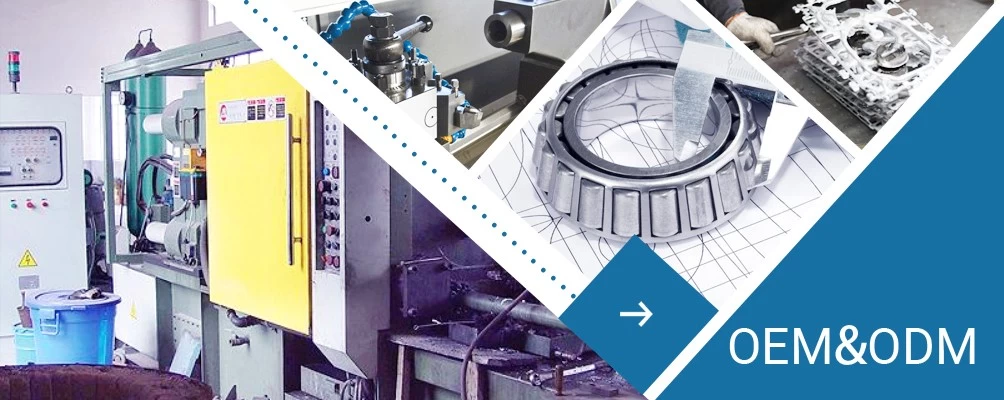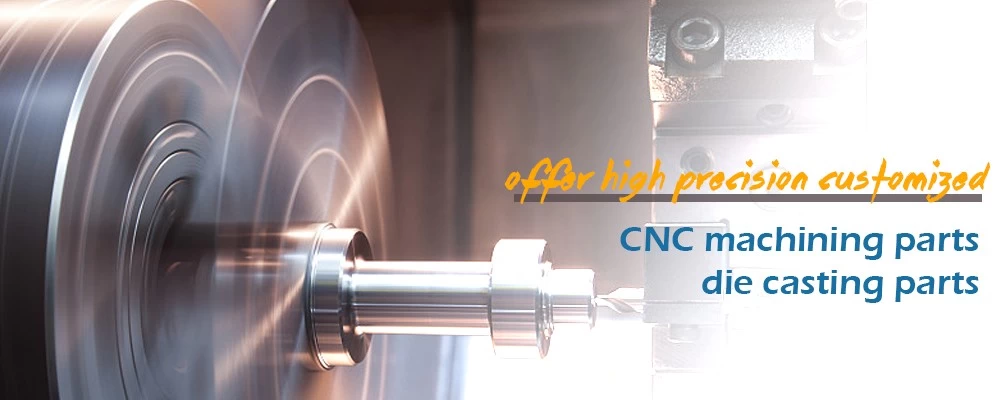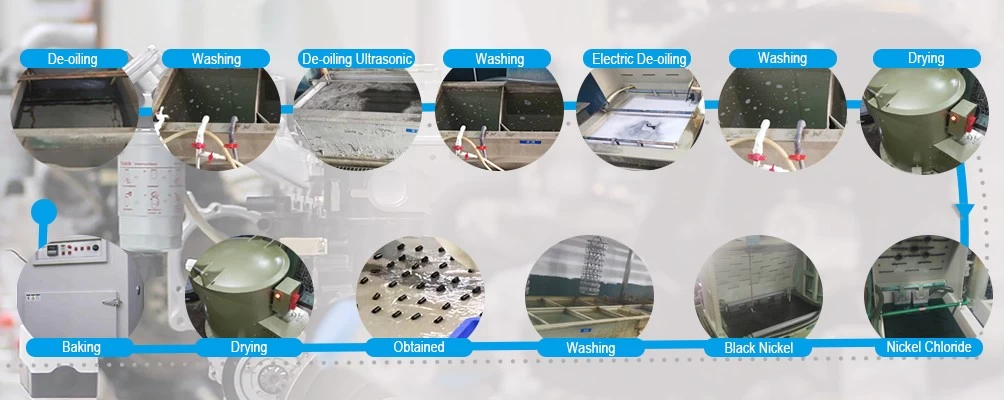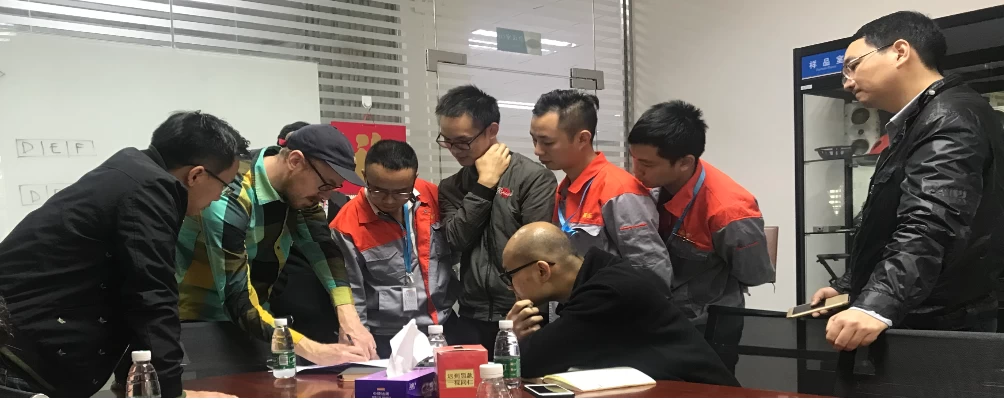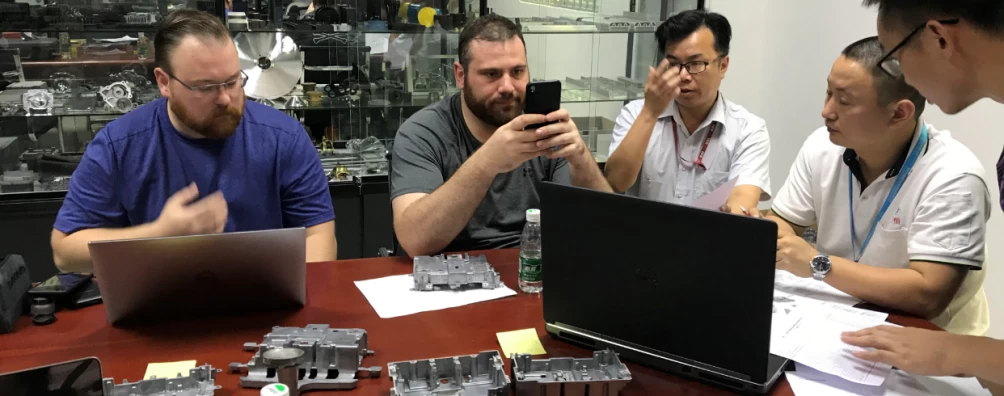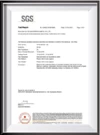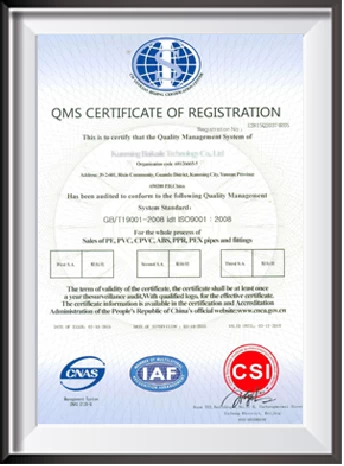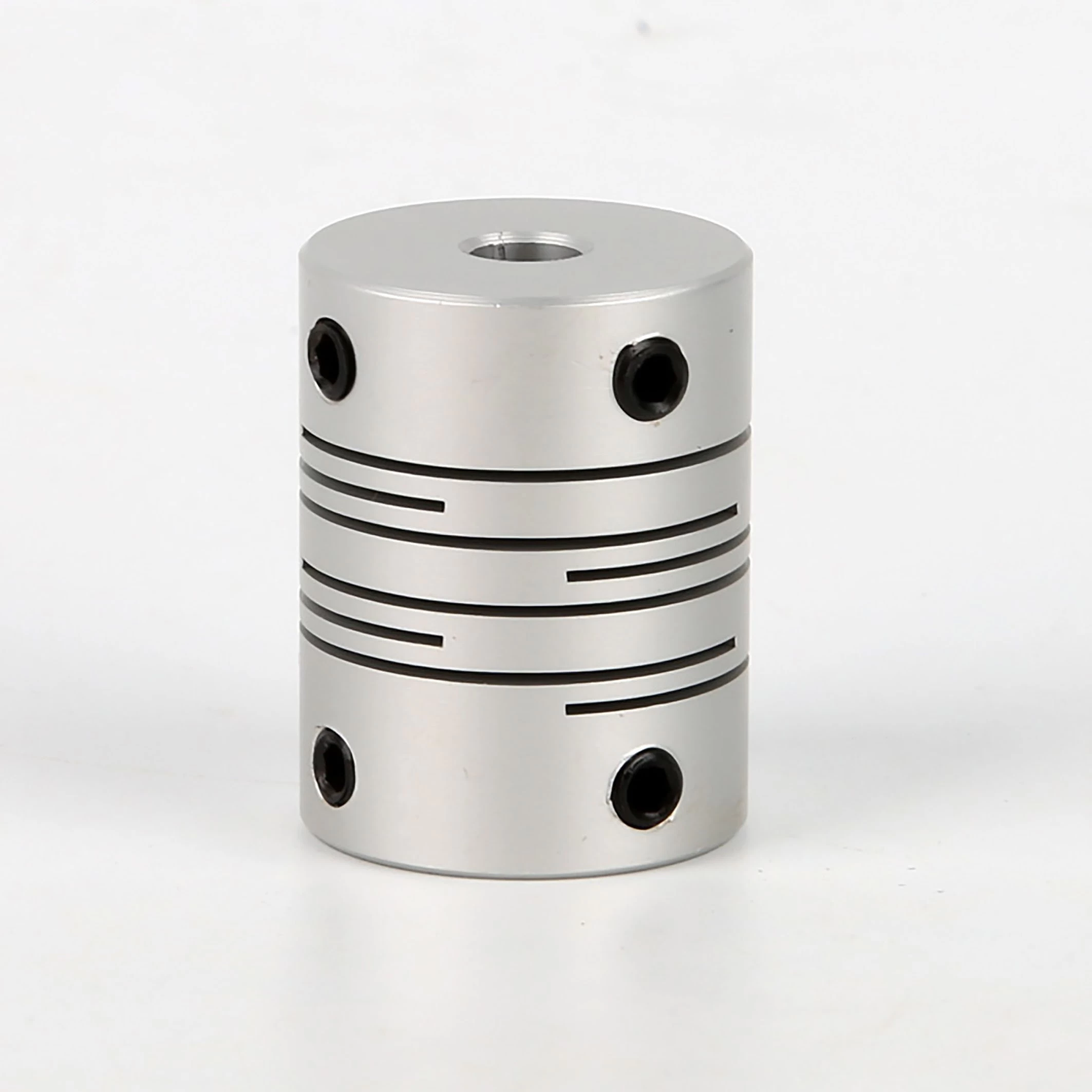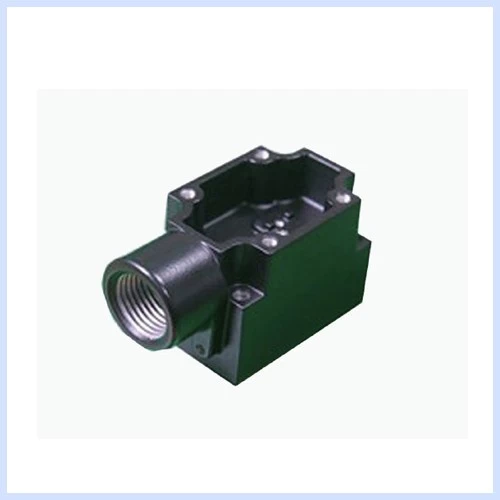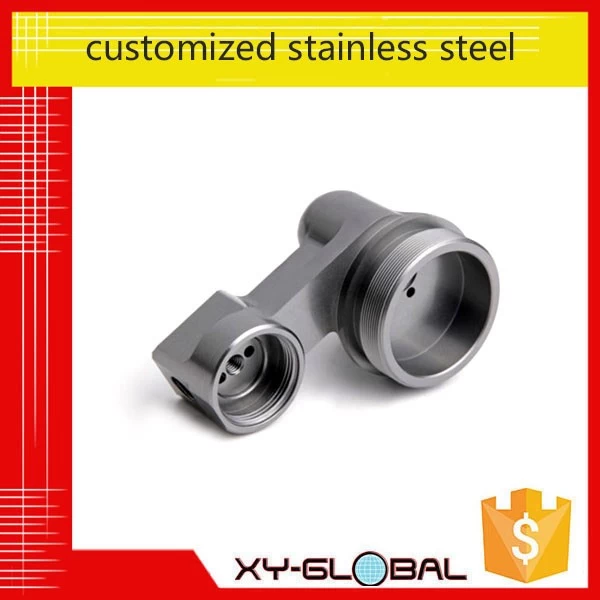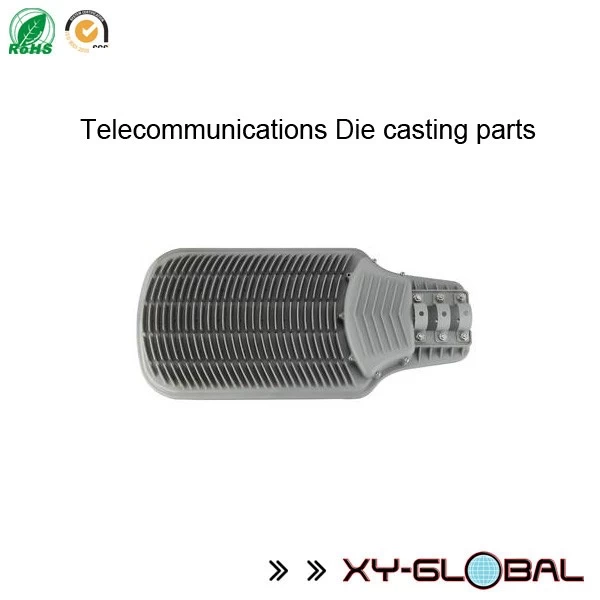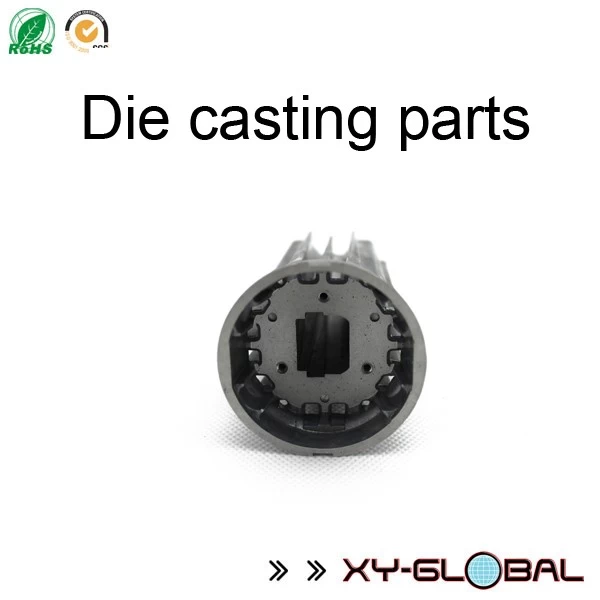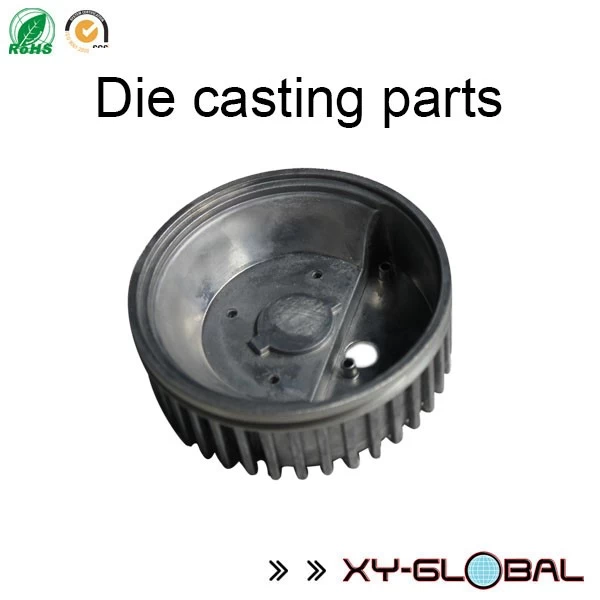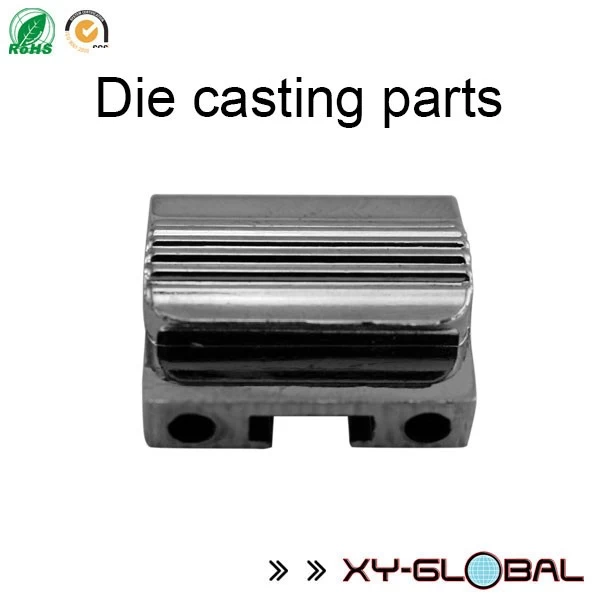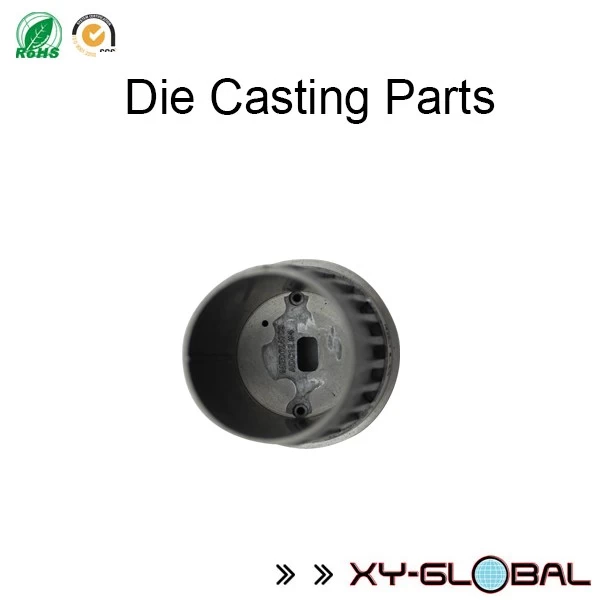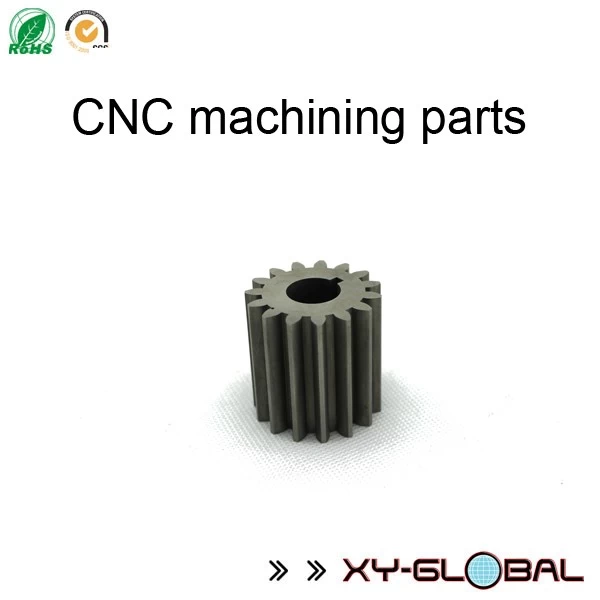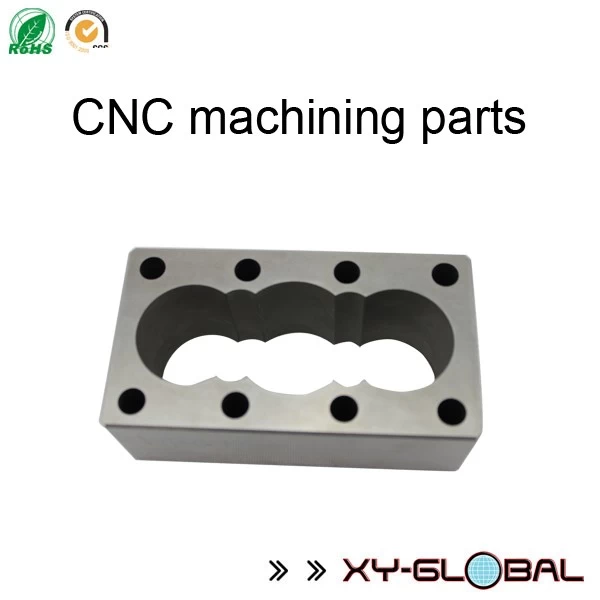Chemical conversion coating
Michelle
www.xy-global.com
2018-09-13 19:40:52
Chemical conversion coating, also known as metal conversion film. It is a reaction between the surface atoms of the metal (including the plated metal) and the anion in the medium to form a good adhesion layer on the metal surface. This compound isolation layer is called a chemical conversion film. The formation of the conversion film can be either a pure metal-medium reaction or an electrochemical reaction.
Elemental metal (except noble metal) includes its alloy, which normally reacts spontaneously with the medium to form a compound, returning to its mineral state, which is the reverse process of metallurgy. This process is called corrosion of metals. Sometimes this process does not go on and will stop very quickly, because the compound formed by the metal and the medium accumulates on the metal surface, and the dense metal compound forms a "film", and the metal seems to be put on the metal. A garment that hinders further contact of the metal with the medium, especially if the compound is poorly soluble in water. Chemical conversion coatings are designed based on this principle.
The chemical conversion film is also called a metal conversion film. It is a reaction between the surface atoms of the metal (including the plated metal) and the anion in the medium to form a good adhesion layer on the metal surface. This compound isolation layer is called a chemical conversion film.
The basic use of the conversion film:
(1) Anti-corrosion. Corrosion-resistant chemical conversion coatings are mainly used in the following two cases:
1 pairs of parts have general anti-rust requirements, such as anti-rust oil, etc., the conversion film as the bottom layer, can be applied when it is very thin.
2 The parts have high corrosion resistance requirements, and the parts are not affected by external forces such as deflection and impact. The conversion film is required to be uniform and dense, and it is better to be thick.
(2) Wear resistance. Wear-resistant chemical conversion coatings are widely used in areas where metal and metal surfaces rub against each other. The hard anodized film of aluminum has the same wear resistance as hard chrome plating. The phosphate film on the metal has a small coefficient of friction, thus reducing the friction between the metals. At the same time, the phosphate film layer also has a good oil absorption effect, and a buffer layer is formed on the metal contact surface. Both the mechanical and mechanical aspects protect the substrate and reduce wear.
(3) Painting the bottom layer. As a chemical conversion film for coating the underlayer, it is required that the film layer is dense, the texture is uniform, the crystal grains are fine, and the thickness is moderate.
(4) Plastic processing. After the phosphate film is formed on the surface of the metal material, plastic processing is performed, for example, cold stretching of a steel pipe or a steel wire is another application field of the phosphate film layer. When the steel is drawn by this method, the drawing force can be reduced, the life of the drawing die can be extended, and the number of drawing can be reduced. The method has wide application in various cold processing such as extrusion process and deep drawing process.
(5) Functional films such as insulation. Most of the chemical conversion coatings are poor conductors of electricity, and phosphate membranes have long been used as insulating layers for silicon steel sheets. The insulating layer is characterized by a small space factor, good heat resistance, and can reduce the wear of the mold during punching. The anodized film can be used as a high temperature resistant insulating layer of an aluminum wire. The layers produced by the sol-gel method are currently mostly functional.
XY-GLOBALCommitted to the production and sale of precision and high quality metal and injection products and mold parts, to win the trust of customers with price advantage, short delivery time and efficient service. If you have any new items about metal parts, please feel free to contact us (sales860@xy-global.com). We have a professional and strong engineering team with more than 20 years of experience to provide you with full support.
This is our website: Www.xy-global.com
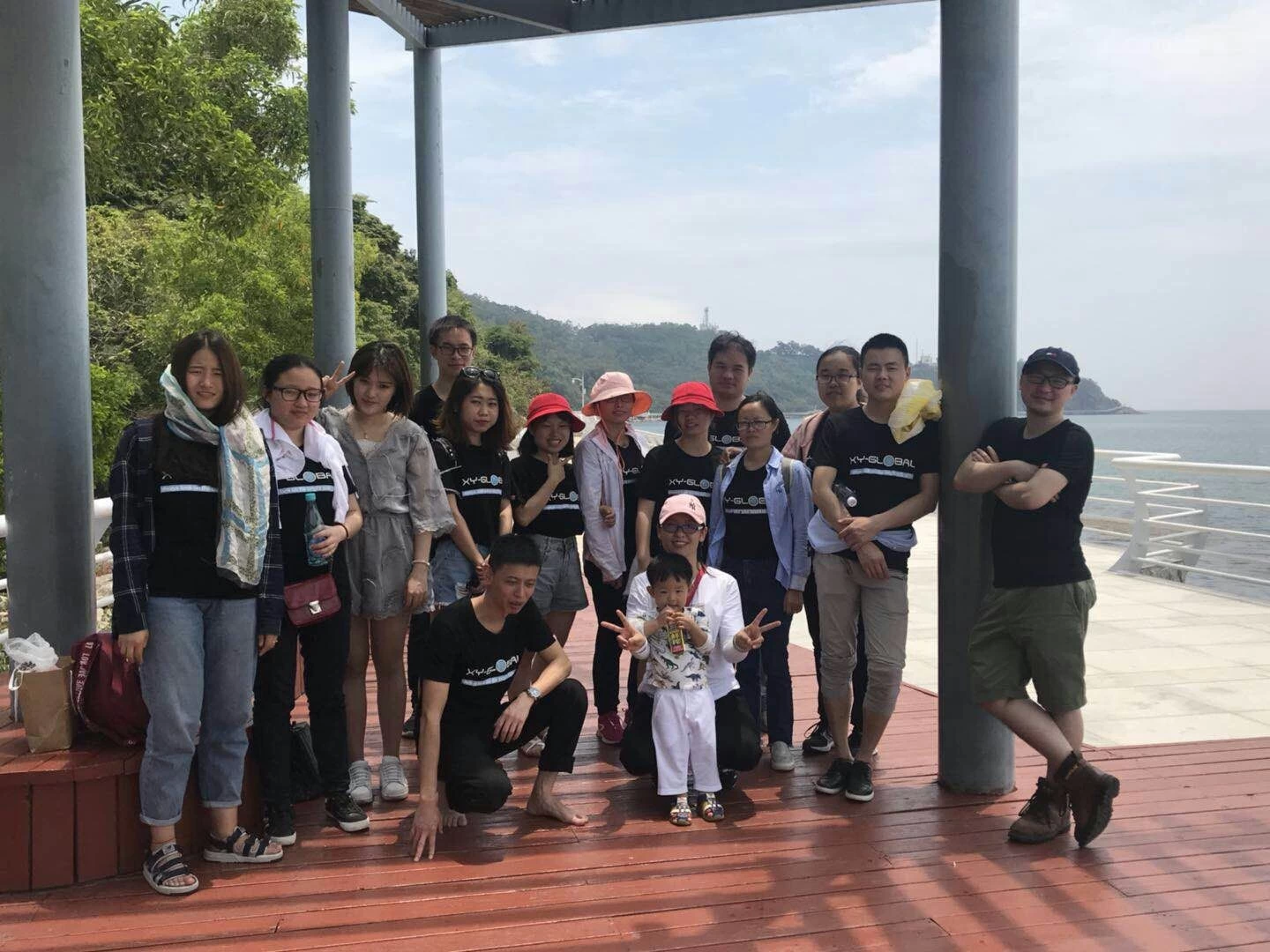
Elemental metal (except noble metal) includes its alloy, which normally reacts spontaneously with the medium to form a compound, returning to its mineral state, which is the reverse process of metallurgy. This process is called corrosion of metals. Sometimes this process does not go on and will stop very quickly, because the compound formed by the metal and the medium accumulates on the metal surface, and the dense metal compound forms a "film", and the metal seems to be put on the metal. A garment that hinders further contact of the metal with the medium, especially if the compound is poorly soluble in water. Chemical conversion coatings are designed based on this principle.
The chemical conversion film is also called a metal conversion film. It is a reaction between the surface atoms of the metal (including the plated metal) and the anion in the medium to form a good adhesion layer on the metal surface. This compound isolation layer is called a chemical conversion film.
The basic use of the conversion film:
(1) Anti-corrosion. Corrosion-resistant chemical conversion coatings are mainly used in the following two cases:
1 pairs of parts have general anti-rust requirements, such as anti-rust oil, etc., the conversion film as the bottom layer, can be applied when it is very thin.
2 The parts have high corrosion resistance requirements, and the parts are not affected by external forces such as deflection and impact. The conversion film is required to be uniform and dense, and it is better to be thick.
(2) Wear resistance. Wear-resistant chemical conversion coatings are widely used in areas where metal and metal surfaces rub against each other. The hard anodized film of aluminum has the same wear resistance as hard chrome plating. The phosphate film on the metal has a small coefficient of friction, thus reducing the friction between the metals. At the same time, the phosphate film layer also has a good oil absorption effect, and a buffer layer is formed on the metal contact surface. Both the mechanical and mechanical aspects protect the substrate and reduce wear.
(3) Painting the bottom layer. As a chemical conversion film for coating the underlayer, it is required that the film layer is dense, the texture is uniform, the crystal grains are fine, and the thickness is moderate.
(4) Plastic processing. After the phosphate film is formed on the surface of the metal material, plastic processing is performed, for example, cold stretching of a steel pipe or a steel wire is another application field of the phosphate film layer. When the steel is drawn by this method, the drawing force can be reduced, the life of the drawing die can be extended, and the number of drawing can be reduced. The method has wide application in various cold processing such as extrusion process and deep drawing process.
(5) Functional films such as insulation. Most of the chemical conversion coatings are poor conductors of electricity, and phosphate membranes have long been used as insulating layers for silicon steel sheets. The insulating layer is characterized by a small space factor, good heat resistance, and can reduce the wear of the mold during punching. The anodized film can be used as a high temperature resistant insulating layer of an aluminum wire. The layers produced by the sol-gel method are currently mostly functional.
XY-GLOBALCommitted to the production and sale of precision and high quality metal and injection products and mold parts, to win the trust of customers with price advantage, short delivery time and efficient service. If you have any new items about metal parts, please feel free to contact us (sales860@xy-global.com). We have a professional and strong engineering team with more than 20 years of experience to provide you with full support.
This is our website: Www.xy-global.com


